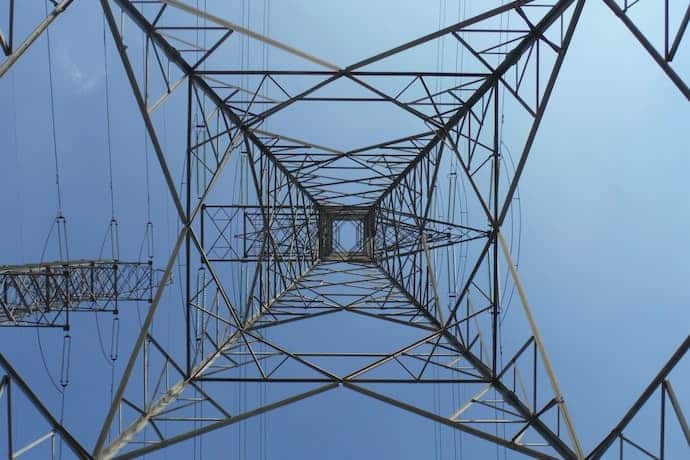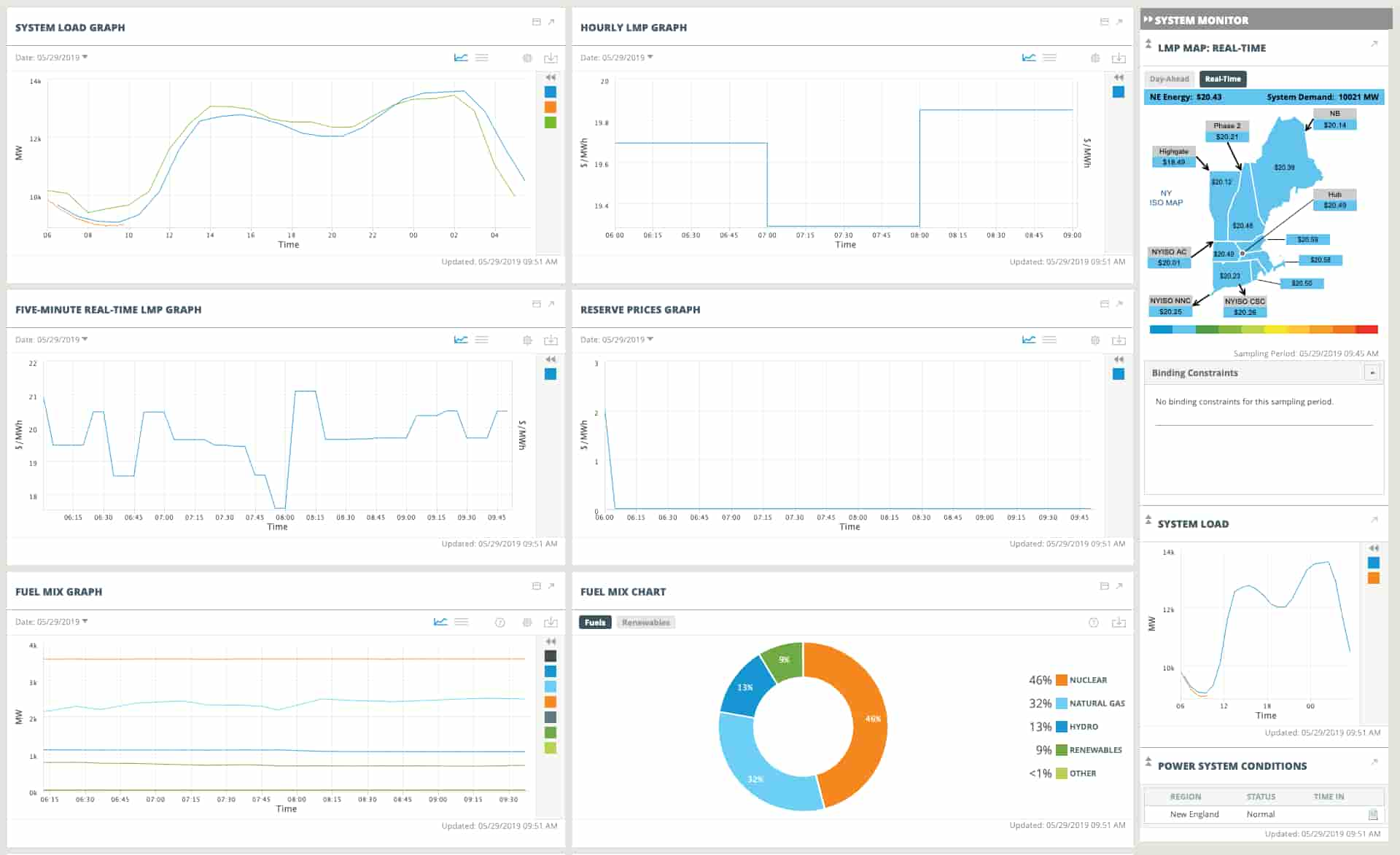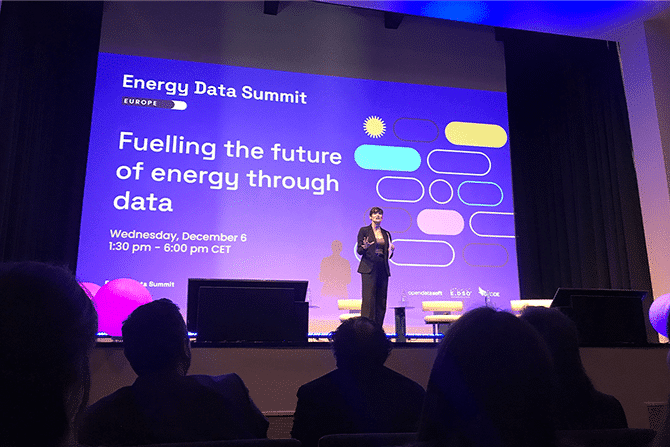How Utilities Learn to Love Smart Data
The utilities sector is increasingly capitalizing on IoT and data. This blog post is about how smart technologies are changing the industry.

Utilities are making big bets on analytics and smart technology, seizing the opportunities provided by the Internet of Things. Combining smart meters and other IoT devices, predictive analytics and information sharing, they’re revolutionizing electricity generation and delivery. And, in an interesting twist, the cities and public commissions interested in regulating those utilities are also turning to big (or at least bigger) data.
Utility Companies Increasingly Use Smart Technologies
Installation of smart meters is a fundamental step in moving towards real-time pricing for electricity, which can ultimately save consumers money. Penetration of smart meters has now reached nearly 50% in U.S. residential and commercial buildings, and 40% in industrial buildings. Real-time pricing requires easy ways to communicate prices with customers and ideally devices and software that can be programmed to automatically respond to changes. ComEd and Ameren Illinois, for example, have commissioned apps to do just that: telling customers the hourly price of electricity, and allowing them to program smart appliances to take advantage of the lowest prices. All of this requires sophistication about how data is collected, analyzed, and displayed.

But utilities’ use of sensors and analytics extends far back from the distribution edge. Utilities are using data to improve reliability, make decisions about building new infrastructure, and cut costs for their customers.
For example, Exelon recently made a large investment in GE’s Predix software, which will use data from smart meters and other IOT devices, combined with weather reports to predict and prevent outages before they occur through proactive maintenance and stationing of repair teams (Predix works in part by constructing digital twins of equipment to track what’s causing stress in equipment and predict needed maintenance). This could improve reliability for up to 10 million customers in 6 states.
The New York State Power Authority is taking Predix even further, to fully digitize control over its generation, transmission and other facilities. NYPA CEO Gil Quinones said that not only will this help NYPA be more efficient—for example by bringing plants online only when truly necessary—it will also aide with New York’s aspiration to transition to 50% renewable electric power by 2030. NYPA aims to have ripple effects by offering some of this data to app developers at its “digital foundry”—and by working with the New York Independent System Operator to modernize and decentralize the grid.
Con Edison and Orange and Rockland utilities meanwhile have paired with C3 IOT to gather and manage data. Their plans call for scaling up to 5 million devices producing over 115 terabytes of data—nearly as much as is contained by the Hubble Space Telescope’s entire archive.
It is unsurprising that three of these four utilities operate in New York, which is among the states that have progressed furthest in creating competition among retailers. It has done so in part by requiring utilities to allow their customers to buy from non-utility energy service companies (ESCOs)—creating more options for consumers to express preferences for renewables or dynamic pricing.
Regulators Innovate Through Data Sharing
Regulators, independent watchdogs and other groups with interests in how utilities function are also placing bets on data to implement their goals of increasing energy efficiency and grid security.
For example, “utility energy registries” are a relatively new phenomenon with a goal of centralizing community-level data, including total consumption and emissions, from utilities. Their creators then make that data available to municipalities to assist them in improving energy efficiency, co2 reduction, and development of distributed generation. The registry harmonizes and streamlines the efforts of municipalities to collect, and utilities to provide, this data. New York state has implemented one such registry and received largely favorable public comments last year on a proposal to make information sharing by large utilities mandatory. This year, Maryland, Washington, DC and Minnesota seek to follow with voluntary programs.
A project of an industry association, the Electricity Information Sharing and Analysis Center (EISAC) is also seeking voluntary contributions of data from utilities. EISAC is seeking to centralize far more data on cyber-attacks and near misses than anyone else currently has, with the goal of improving system-wide security.
Even Independent Systems Operators—the nonprofit entities making sure supply and demand are continually balanced across the grid—are coming out with sleek websites displaying wholesale electricity prices and the generation mix in real time.

In short, both utilities and those who manage and regulate them are suddenly facing a sea of new data. These data will enable efficiency gains, responsive pricing, and greater integration of renewables, but using them requires skilled collection, analysis, and presentation. Opendatasoft’s platform can assist with automating data collection and presenting those data in visually appealing ways that maximize its full value.



